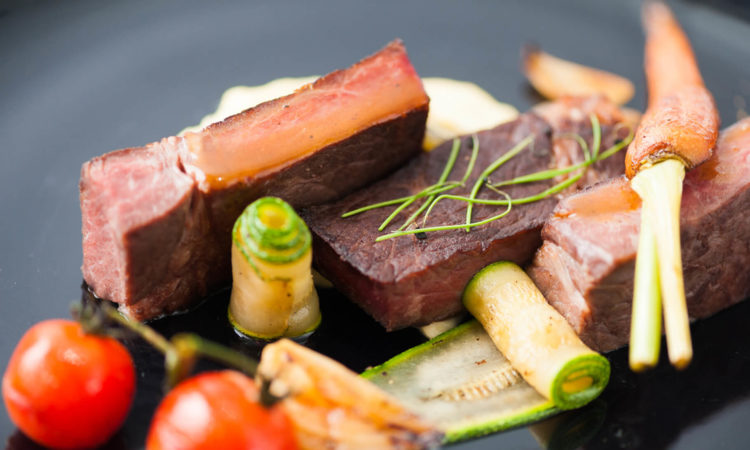
Do you find yourself enjoying the steak at your favorite restaurant more than you enjoy the one you make at home? Many people assume the reason why meat tastes better in a restaurant than at home is the kind of meat restaurants buy or how they cook it. However, have you ever thought about meat aging? Today, restaurants have discovered the trick of meat aging to improve the texture and flavor of their meat. There are two ways of meat aging, dry aging and wet aging. Let us take a closer look at each one of them.
What is the Difference?
Places like The Aging Room offer dry-aged beef filled with flavors and soft texture. Dry aging is the process of hanging beef on its bone for more than 5 weeks to dry. The meat is preserved in a climate-controlled area, and the moisture is pulled out for flavors. Bacteria are created through the process of breaking down enzymes, giving the flesh its tender texture.
On the other hand, wet aging involves packing the beef in a vacuum-sealed bag and put in a refrigerator for some time. Considering that dry aging is an expensive method, meat suppliers use wet aging to save time and money. The meat is sealed immediately after slaughter to prevent loss of water and moisture.
The differences between dry aging and wet aging trickle down to four factors.
Cost
Aging takes place at the same rate for both methods. However, the cost of dry aging is clearly higher than wet aging. The reason why wet aging is less costly than dry aging is that connective tissues and excess bone has been removed and this is a bonus to the producer. The bags are sealed and that means no moisture is lost. The growth of microbial is slow, considering that there is no oxygen in the bags.
Flavor
The flavor depends on personal preferences. However, generally, wet aging is known to boost the flavor by making beef milder and fleshier. Because of lack of oxygen, wet-aged meat does not have funky flavors. On the other hand, dry-aging makes the taste meatier by bringing out the true flavor of the meat.
Method
These methods are different. When it comes to dry aging, large chunks of meat are hung in a climate-controlled environment and left for a considerably long time to dry. In wet aging, the meat is cut into smaller chunks, put in vacuum-sealed bags, and refrigerated. The juices are retained, and no moisture is lost.
Quality
Recapping this, drying meat in a temperature-controlled area takes time and a lot of supervision. The meat takes longer before it spoils, even after being removed from its preservation. On the other hand, wet-aged beef is also preferable because it retains its juices. It takes less time and that is why it is the most preferred method by meat suppliers.
Wrapping It Up!
Both dry aging and wet aging have their unique benefits and work differently. Wet-aged meat is cheaper than dry-aged beef, and the reasons have been mentioned in the article. So, the choice between wet aging and dry aging comes down to personal preferences.

